|
Summary of My Norway-in-a-Nutshell Trip
Honestly, this was my first attempt to commit time to do a day-by-day blogging of my Norway-in-a-Nutshell trip. It was a time-consuming affair, as writing, journalling or blogging should be focused on quality rather than quantity, on passion rather than facts. In this aspect, this would be a work in progress, and I might just add more bits and pieces in time to come. But with everything, I would have less time once I am back in Singapore. So it would be wise to summarise everything here, at least as a tidy first draft.
Norway Day-by-Day Journal Entries
Throught the Norway trip, I have stopped to take many 360 photos. I was able to upload them into a single Norway collection at Kuula. You can see my 360 photos via this link or directly below.
0 Comments
Trondheim, the charming third largest city in Norway With a population of 193,000, Trondheim is not a big city on a European scale. However, it is the third largest in Norway. I personally did not have much time to spend in Trondheim, but I was still able to catch most of the key attractions, which I would share more here. The Nidarodomen Cathedral - Gothic Style Trondheim has a number of sights that each year are among the most visited in Trøndelag. The Nidarosdomen cathedral is an impressive sight. The cathedral is the national sanctuary of Norway, built over the grave of St. Olav. Work began in 1070, but the oldest parts still in existence date from the middle of the 12th century. Nidarodomen Cathedral also calls to fame as being the world's northernmost medieval cathedral. You can choose to visit the cathedral together with the Archbishop's Palace. Otherwise you can have a sit at the entrance to take in the sights of the various sculptures adorning the various levels of the cathedral. Joint Ticket – Nidaros Cathedral - The Archbishop Palace Adults NOK 200 Students/Children (6-15) NOK 80 Families NOK 480 (2 adults and max 3 children) Nidaros Cathedral Adults 110 Students/Children (6-15 years) Families 265 (2 adults and max 3 children) Tips on getting the most out of the Cathedral visit
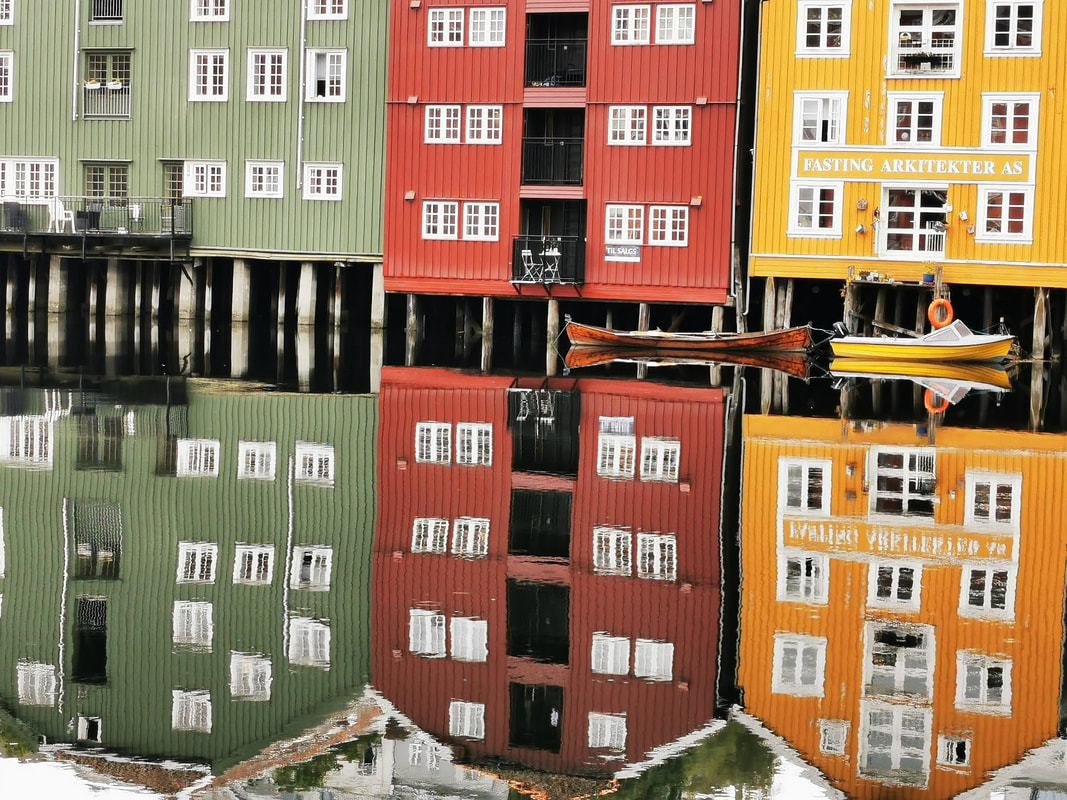 The colourful wharfs and their reflection in the river The colourful wharfs and their reflection in the river The Old Wharves of Trondheim, Norway The oldest of the wharves along the River Nidelva date back to the 18th century; nevertheless, they still give the impression of the waterfront as it was long before then. The wharves are colourful and and well-maintained. The wharfs have a long history as storage facilities and loading/unloading cargo from the ships that came with traders from all over. The oldest wharfs in Trondheim was built around 1700 on both sides of the river Nidelven and the best-preserved wharfs today are the ones on the Bakklandet side, between the Old Town Bridge (Gamle Bybro) and Bakke Bridge. 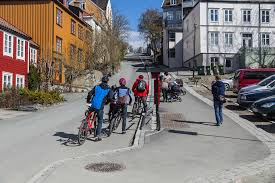 Trondeim Bicycle Lift Invented in 1993, this is the one and only bicycle lift in the world, and you can find it in Trondheim. When using the lift, the right foot is placed on the starting point (the left foot stays on the bicycle pedal). After pushing the start button, the user is pushed forward and a footplate emerges. A common mistake among tourists and other first-time users is that they don't keep their right leg outstretched and their body tilted forward. This makes it hard to maintain balance on the footplate, and can result in falling off. This is very popular in Trondheim partly due to the university population coupled with the relatively flat grounds in Trondheim, making it a city that's very bicycle-friendly. Kristiansten Fortress
Kristiansten Fortress is one of Trondheim’s main landmarks. The fort was built after the great city fire in 1681 and now stands guard over the city. It saved the city from conquest by Sweden in 1718. The fortress was decommissioned in 1816 by king Charles XIV John. The fort offers a spectacular view over Trondheim and its surroundings, the fjord and the mountains. Currently this fortress is managed by the Norwegian Defence Estates Agency. Opening hours Monday - Saturday 9-18 Sunday (summer season) 10-17
Geiranger - Trollstigen Scenic Route, Norway
One of the key highlights of the Hurtigruten Norway Cruise was the Geiranger-Trollstigen scenic route. The cruise ship docked near the Geiranger bay, and we had to take a small speed craft to get to shore. The town of Geiranger was packed to the brim with tourists, probably enjoying the unusually warm summer.
The route between Geiranger via Trollstigen to Molde includes one UNESCO World Heritage site (Geirangerfjord), two National Tourist Routes (Geiranger - Trollstigen, and the Aursjøvegen Road) and one "construction of the 20th century" (the Atlantic Road). It is a 200km long stretch of road in a landscape varying from deep and narrow fjords, dramatic snowcapped mountains (in winter), cascading waterfalls and rivers, green valleys, many islands, and the signature Norwegian landscape. The 68km long road between Geiranger and Trollstigen is one of the 18 tourist routes in Norway, and undoubtedly one of the most popular one. Parts of this route is closed in winter, leaving a small window between May and October as the only possible means to visit this place. I suspect the hairpin turns, together with possible snow and avalanches in winter makes this place rather inaccessible.
The route itself consisted of a bus traversing really narrow hairpins along steep slopes. The drive is undoubtedly more dramatic than expected, and what's unique about driving in Norway is that fact that you can see people living almost everywhere. I saw farms even on the narrowest of the mountain ledges, and while many of the earliest settlers and farmers have moved on, a few remain, and bore witness to the changing times, and offered us a glimpse of how things would have been like throughout history.
First Stop. Ørnesvingen or the Eagles Road
Ørnevegen is the name of the eleven hairpin bends that ascend the steep, verdant hillside from Geiranger towards Eidsdal. There's a small waterfall that flows into the lookout and then descends below. At Ørnevegen, you can see the Geiranger town and the fjord leading into it. From here you can also see the famous waterfall “The Seven Sisters” cascading into the fjord.
Gudbrandsjuvet
Between Valldal and Trollstigen, 11 kilometres from Valldal, there's an interesting stop at the viewpoint at Gudbrandsjuvet. Gudbrandsjuvet is a 5 meter narrow and 20–25-metre high ravine through which the Valldøla River forces itself. The ravine is easily accessible from main road route 63 between Valldal and Trollstigen. This is apparently a new lookout point, and since it is along the route, it is ideal for a quick stop. There is also a back story to this area. According to a story from the 1500s, the ravine was named after a man called Gudbrand, who ran off with his new bride and saved himself from his angry pursuers by jumping over the ravine at its narrowest point. Gudbrand was declared an outlaw for his deeds and lived the rest of his life in a stone hut in one of the side-valleys above Gudbrandsjuvet. The valley is still called Gudbrandsdalen to this day. Point of interest: the small canyon or high ravine.
Trollstigen
Trollstigen, 16 kilometers from Gudbrandsjuvet, is together with Geiranger one of the most visited attractions in Norway. The journey towards Trollstigen was amazing. I was captured by the curvature of the slopes that are carved by the glaciers a long time back. What's unusual was that there were trees along the steep slopes, all the way to the summit. The mountains which encircle the Trollstigen road are enormous, and the landscape changes as we climbed up.... the forests disappeared and were replaced by alpine-like vegetation.
The Stigfossen Waterfall gushes down the mountainside towards the luscious Isterdalen Valley and in the middle of all this, the Trollstigen Road winds its way up the mountainside. At the rest stop, you can take the 15-minute walk to the strategically-placed viewpoint to see the magnificent hairpin route.
The road has a steep incline of 9 percent with 11 hairpin bends as it snakes its way along the steep mountainside at its a highest point, Stigrøra, at an elevation of 858 meters above the sea level. The road brutally twists and turns through the mountainous terrain and drivers can expect rock falls, narrow lanes, steep inclines, and unpredictable weather. The route is at its most dangerous in the dark and wet which make it incredibly challenging to navigate. It was a fine sunny day when I visited, and it was via a tour, so there wasn't any dangerous driving. If you are coming to Norway, try to make this one of the "to do" for your visit, especially if you are coming in summer. The picturesque landscapes would be all worth it!
MrWildy's personal introduction to Flam, Norway
Flam is located at the head of Aurlandsfjorden, Norway in a truly spectular setting. Honestly, Flam is not that exciting, but what's exciting was the railway leading into Flam, and the Fjord cruise departing from Flam. As it was summer, and summer was supposed to be packed in Flam, the small village was surrounded by hordes of visitors, who were stuck in the village not knowing where else to go and what else to do. MrWildy's Tips on visiting Flam, Norway
Stegastein Viewpoint
The Stegastein Viewpoint is easily accessible from Flam via a car or bus ride. With a panoramic view 650 metres above Aurlandsfjord, Stegastein gives an incredible detour from Flam, especially if you are already planning to stay a night at Flam. Stegastein Lookout was specially designed and is one of the most photographed viewpoints in the region, not only for the structure itself but also the fantastic views that it gives. It is free to get into the lookout but you might need to pay for transportation up onto the viewpoint. You can book a trip from 335 NOK from the tourist office at the city centre.
Guide to Flam Railway or Flamsabana Railway, Norway
The Flam Railway is not going to be expensive, but it's listed as a "to do" in Norway in a Nutshell. And if you are planning to get into Flam and do the Fjord cruise then you should certainly take the Flam Railway into Flam! Tips to Making the Best of Flam Railway
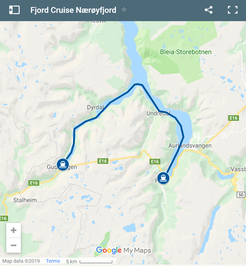 Map of the cruise route Map of the cruise route
Fjord Cruise along the Naeroyfjord via Vison of the Fjords
One of the key reasons to visit Flam is to cruise down the Naeroyfjord, which is a UNESCO World Heritage site and touted as one of the most beautify fjords of Norway. If you are able to, try to book a cruise via Vision & Future of the Fjordswww.visitflam.com/activities/fjord-cruise-naeroyfjord/. The two vessels Vision and Future of the Fjords represent a brand-new standard in design and technology. They have been designed to maximise the tourist experience during any kind of weather, with large windows and walkways inspired by the winding trails of steep mountain terrain. Passengers are encouraged to go out on the top deck and enjoy a very different experience compared to traditional passenger vessels. Inside you will find Nordic inspired interior design offering a high level of comfort. In fact, this was the most comfortable river cruise that I've ever been in, and the large windows on each side allows you to take in the spectacular views of the fjord. 
MrWildy's Personal Introduction to Munch Museum
If you are going to Oslo, Munch Museum is certainly one of the first pit stops. Edvard Munch rose to fame in 2012. In May 2012, The Scream sold for US$119.9 million, and is the second most expensive artwork ever sold at an open auction. (It was surpassed in November 2013 by Three Studies of Lucian Freud, which sold for US$142.4 million). There was yet another incident that brought more attention to both Edvard Munch and the Munch Museum.  Of course I have to pose with the painting! Of course I have to pose with the painting!
The Robbery of The Scream and Madonna
In 2004, another version of The Scream, along with one of Madonna, was stolen from the Munch Museum in a daring daylight robbery. All were eventually recovered, but the paintings stolen in the 2004 robbery were extensively damaged. They have been meticulously restored and are on display again. The story of the robbery actually intrigued me more than the paintings itself. It was interesting to read about how the robbery happened, and how lax the security was at that point in time. In any case, the museum is a small one, and will soon be shifting to a new compound at the waterfront, near the Opera Centre. Go early to avoid any queues, or purchase the tickets online. MrWildy's Personal Introduction to Mamma Pizza Okay, I have to confess that I chanced upon Mamma Pizza while arriving into Oslo jetlagged and wanting to find a decent eating place near the waterfront. Mamma Pizza ticked those boxes as it was highly ranked on TripAdvisor (#23). There was outdoor seating and it was a lovely evening with the sun about to set. And I love pizzas of course. 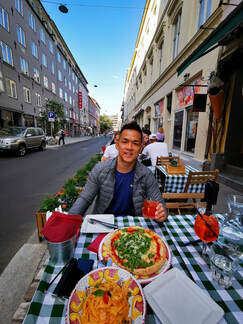 Lovely outdoor seating at Mamma Pizza. There's indoor seating of course if you prefer. Lovely outdoor seating at Mamma Pizza. There's indoor seating of course if you prefer. History of Mamma Pizza Mamma Pizza was opened because Luca and Davide Zannini wanted to bring the authentic taste of Italy to pizza loving Norway. Born and raised in Bologna, they spent their childhood in their grandmother’s kitchen; the “Mamma” who inspired it all. Hiding under her table, stealing pieces of mortadella to snack on, they learned the true Italian secrets of cooking. What I ordered We started with some drinks, and I ordered a Negroni while M ordered an Aperol Spritz. This was my first order of Negroni in Norway, and this was the better Negroni as compared to the one I had at Mathallen. For the pizzas, we decided to order a Formaggi Pizza and a pasta to share. The waitress was nice enough to recommended adding some tomato sauce since the pizza came rather dry. Verdict Both the pizza and the paste were delicious, and we literally cleaned the plates up. There was also a nice casual atmosphere with Mamma Pizza, and I think it would be one of those places I would return to visit if I visit Oslo again. 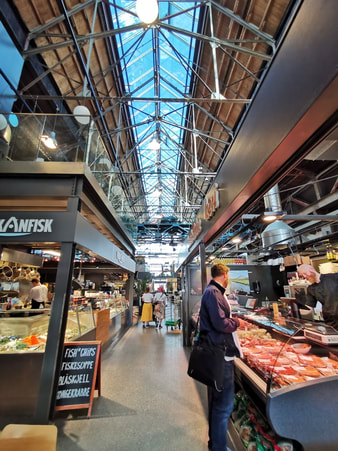 Mathallen Food Hall in Oslo Mathallen Food Hall in Oslo
MrWildy's Introduction of Mathallen, Oslo
I made two visits to the Mathallen Food Hall actually. On day 2 of my Oslo trip, I unwittingly chanced upon the food hall. I had such a good experience that we revisited it again on day 3. Mathallen is a good pit stop since it houses the following eateries and shops under one roof (I tried those underlined in red) : Annis Pølsemakeri - specialised butcher's shop Atelier Asian Tapas - Southeast Asian street food Barramon - wine bar with pintxos and Spanish tapas Bistro Budapest - a taste of Hungarian food and wine Champagneria Bodega - hams and cheeses, a wine bar with tapas, and an outdoor serving area Galopin - Shop with french confit, foie gras, cheese, wine and ham Gutta på Haugen - cheese and cured meats, fruit, vegetables, chocolate and flowers Hitchhiker - restaurant with street food and drinks from all over the world Hongs Bao Bao - Dim Sum restaurant serves home made dumplings and won tons Hopyard - bar with more than 200 types of beer and food inspired by American sub rolls Kulinarisk Akademi - three kitchens used for food courses and training Noodles - Asian fast food place with takeaway Ost & Sånt - Norwegian cheeses, jams and cured meats Paradis Gelateria - Italian ice cream Pizzavino - Italian pizza and delicacies SebastienBruno - chocolates, macaroons and other temptations Smelt - grilled cheese, juices, smoothies and French baked goods Smelteverket - 50x5-metre bar and restaurant in the basement Solberg & Hansen - bar and shop with coffee and tea Stangeriet - high-quality poultry and related farm products The Cupcake & Pie Co. - home-made pies and cupcakes Torget - Bar and foodcourt in the middle of Mathallen, where everyone is welcome to eat their food Via Italia - Italian food products, many of them organic Vulkan frukt og grønt - fruit, vegetables, spices, sauces and oils Vulkanfisk - seafood bar and shop with fresh, cooked, dried and smoked fish 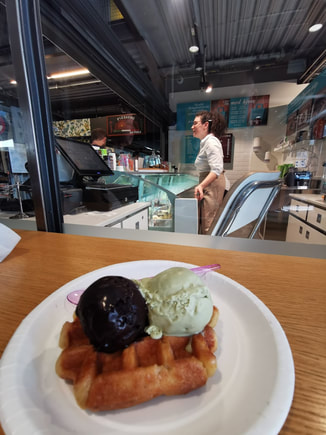 Some thick bitter chocolate and pistachio on a small Belgian Waffle Some thick bitter chocolate and pistachio on a small Belgian Waffle
First stop: Paradis Gelateria
The Norway-in-a-nutshell guide brochure was the key reason to why we choose to eat gelato from Paradis Gelateria at Mathallen. They recommended a visit to Mathallen and also to try the gelato from Paradis. As a point of fact, you do not need to come to Mathallen to try the icy sweets from Paradis. Paradis also has an ice cream bar at the Oslo City shopping centre, and at Sørenga. When I arrived, there was a queue of about 4 to 5 persons waiting for their order. It was a sunny day at Oslo, and both locals and tourists alike were in the mood for something to keep themselves cool. The lady manning the counter was the only sole person juggling between taking orders, scooping ice cream and making coffee for the customers, which no doubt added to the waiting time. But everyone, including myself, was happy to wait. I took the team to get familiar with the various ice cream favours. There was the usual fruit sorbets, such as mango, strawberry, etc. The dark black one appealed to me, and upon closer look I realised that it was not black sesame but a branch of chocolate. I ordered that as well as pistachio (pistachio is always delicious) on a waffle. Upon ordering, I realised that it was only a small sweet Belgian waffle, unlike what we can find in Singapore. Verdict: I found the gelato to be too thick and too sweet. Had to drink lots of water post-gelato.
Negroni and some pinchos
As explained, the gelato got us really parched, and we decided to settle down at Torget where M had his Aperol Spritz while I had my Negroni. I have fallen in love with the citrusy bitter drink since a few moons back, and would try to taste different versions of it as and when I can. A glass of cocktail would easily cost 120 NOR, which is the equivalent of SGD 18.50. Not really that cheap! There was a nearby eatery offering pinchos, which was something not easy to find in Singapore. A typical snack of the Basque Country and Navarre, "pinchos" consist of small slices of bread upon which an ingredient or mixture of ingredients is placed and fastened with a toothpick, which gives the food its name "pincho", meaning "spike." We decided to have 2 pinchos with our drinks, and ordered from Barramon. The pinchos were delicious and we finished it before we could take any photos! It would have been nice to try the different types of pinchos if they were not too expensive. All in all, the negroni was nice, but not as good as the one I had at Mamma Pizza the day earlier. For the pinchos, they were definitely appetizing.
Duck Confit Sandwich at Galopin
The following day, we decided to return to Mathallen Food Hall, since it was enroute to the famous row of old houses at Damstredet & Telthusbakken. M read about the duck confit sandwiches and wanted to try it. It has also started to rain, hence Mathallen was a natural shelter from the elements of the weather. We both ordered the same Duck Confit Sandwich with extra meat. I had an additional Orange Wine, which was supposedly a locally-produced wine. The sandwich was amazingly filled with duck confit, and it tasted really good, with the bitter rocket leaves balancing the saltiness of the duck confit. Worth trying it if you happen to be at Mathallen for lunch!
The Royal Palace, Oslo
I visited the Royal Palace on day 2 of my Norway trip. I didn't know what to expect, and perhaps it was due to my expectations based on the Buckingham Palace in London, I was expecting a larger compound. Turned out that the Royal Palace was a smaller building with an adjacent park. Notwithstanding, the palace holds 127 rooms. Not too small at all! The Royal Palace was constuctued and completed in 1825, on direction from King Charles John. Public tours only started in 2002, and the grounds are open to the public.
Quick tips about the Royal Palace of Norway (Oslo)
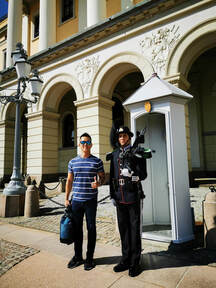 MrWildy posing with the Royal Guard MrWildy posing with the Royal Guard
You can also take photos with the guards! You just need to ask politely. Regarding the flags flown over the palace, there are four different flags, namely:
The changing of the guard at the Royal Palace is a free event that takes place at 1330hrs. This even draws crowds of tourists and locals to witness the military ritual. Regardless of weather, this event takes place. During summer, mounted police officers (on horses) and a Norwegian military band will lead the guards through the streets of Oslo, starting at the Akershus Fortress at 1310hrs.
I made a mistake by waiting at the front entrance to catch the event. It would have been better to wait around the guard post towards the right of the palace, where most of the action takes place. Oslo Opera House
Introduction and background
The Oslo Opera House (Norwegian: Operahuset) is the home of the Norwegian National Opera and Ballet, and the national opera theatre in Norway. The building is situated in the Bjørvika neighbourhood of central Oslo, at the head of the Oslofjord. It was completed in 2007 and then opened to the public in 2008.
Architecture of Oslo Opera House
The Oslo Opera House (Operahuset in Norwegian) reflects the landscape of Norway and also the aesthetics of its people. The government wanted the new Opera House to become a cultural landmark for Norway. They launched an international competition and invited the public to review the proposals. Some 70,000 residents responded. Out of 350 entries, they chose the Norwegian architecture firm, Snøhetta. Here are highlights of the built design. a. Connecting Sea to Land: Approaching the house of the Norwegian National Opera and Ballet from the harbor in Oslo, you may imagine that the building is an enormous glacier sliding into the fjord. White granite combines with Italian marble to create the illusion of glistening ice. The sloping roof angles down to the water like a jagged chunk of frozen water. In winter, natural ice flows make this architecture indistinguishable from its environment. Architects from Snøhetta proposed a building that would become an integral part of the City of Oslo. Connecting land and sea, the Opera House would seem to rise up from the fjord. The sculpted landscape would become not just a theater for opera and ballet, but also a plaza open to the public.
b. Walking on the Roof: From the ground, the roof of the Oslo Opera House slopes steeply up, creating an expansive walkway past the high glass windows of the interior foyer. Visitors can stroll up the incline, stand directly over the main theater, and enjoy views of Oslo and the fjord.
c. Marrying Art with Modernity and Tradition: The architects at Snøhetta worked closely with artists to integrate details that would capture the play of light and shadow. Walkways and the roof plaza are paved with slabs of La Facciata, a brilliant white Italian marble. Designed by artists Kristian Blystad, Kalle Grude, and Jorunn Sannes, the slabs form a complex, non-repetitive pattern of cuts, ledges, and textures. Aluminum cladding around the stage tower is punched with convex and concave spheres. Artists Astrid Løvaas and Kirsten Wagle borrowed from old weaving patterns to create the design. My Personal Take The angular shaped facade, mixed with glass and steel, and ramp-like slopes that invites the visitor to move around the buildling creates a casual interaction with the visitors. The building almost invites the visitor to explore the building. At night, the light emanate3s from within, making the Oslo Opera House look almost like a lantern whose reflections are captured in the frigid cold waters. Tips on Explore Oslo Opera Houes
And the Complete Norway trip starts!
This is the most expensive trip that I have ever paid for in my entire life (up till now). I suppose Norway as a destination is a very expensive place to visit. I will be sharing more about the exorbitant Norway prices later on, but let me insert my itinerary first.
Complete Norway Itinerary (20 Aug to 4 Sep 2019)
A short walk to the Opera House
20 Aug - We arrived at about 2pm with a jetlag, but that didn't stop me from going around the Thon Hotel area to do a little bit of sight-seeing. I was happy that the hotel gave us the top floor with the best view - overseeing the waterfront as well as the city proper. The Opera House itself was filled with hordes of locals and tourists alike, basking in the warm summer sun. The winds were gusty and cold though, and if you look closely at the 360 photo, you will see a lady tourist trying to catch her hat which was being blown away from a sudden strong gust of wind! |
Places I Have Been ToCategories
All
Archives
August 2022
|
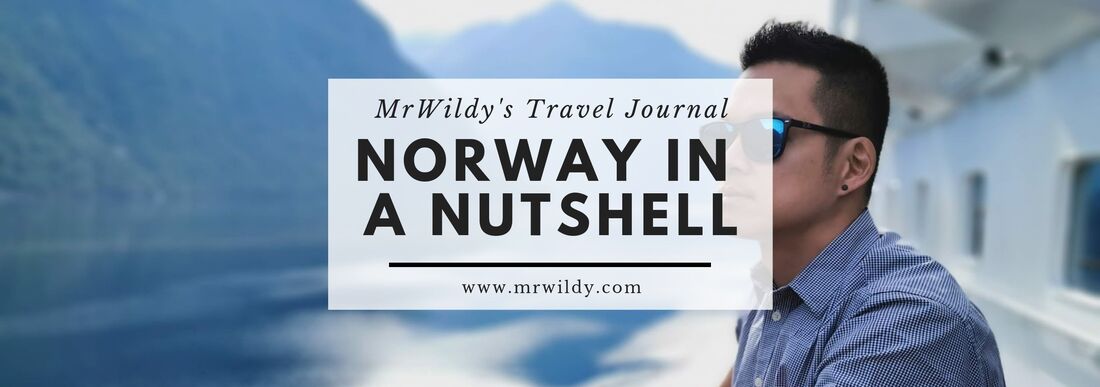
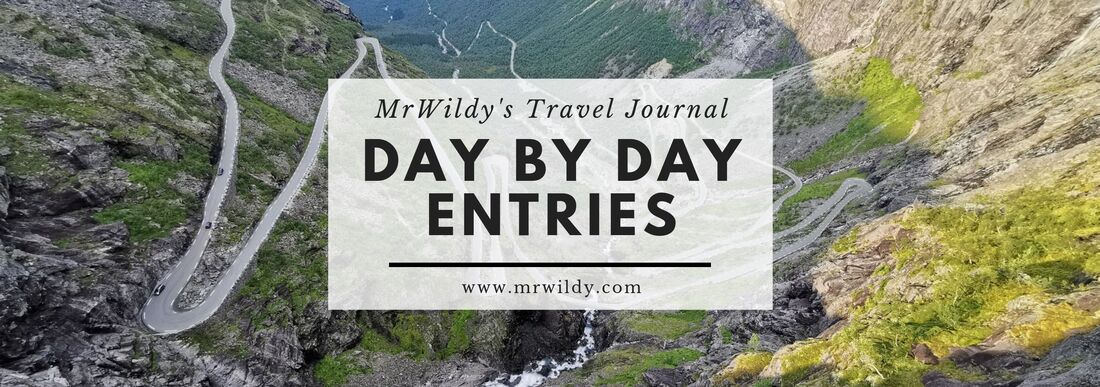
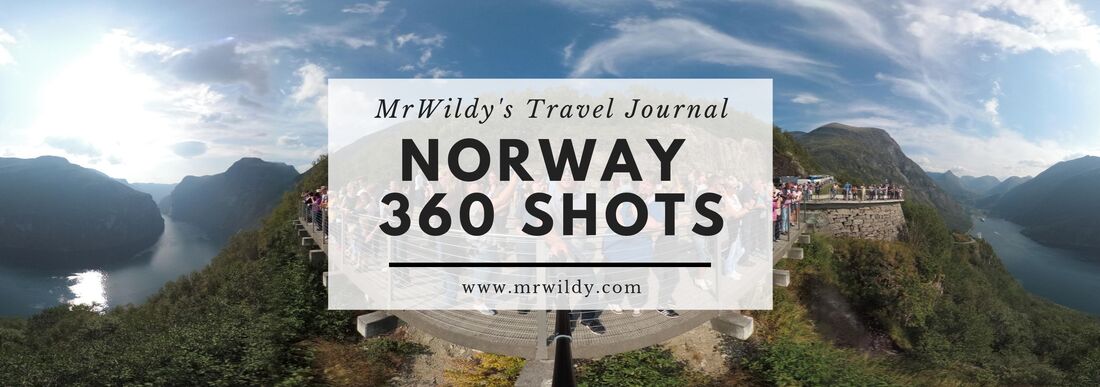
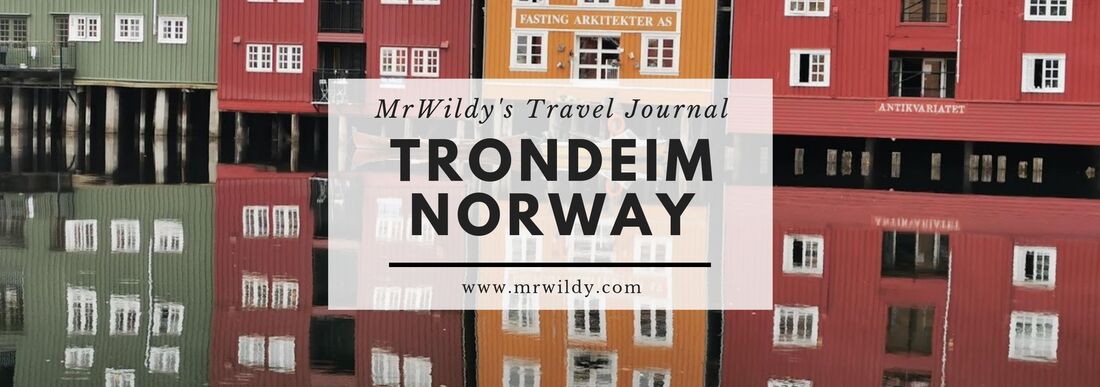
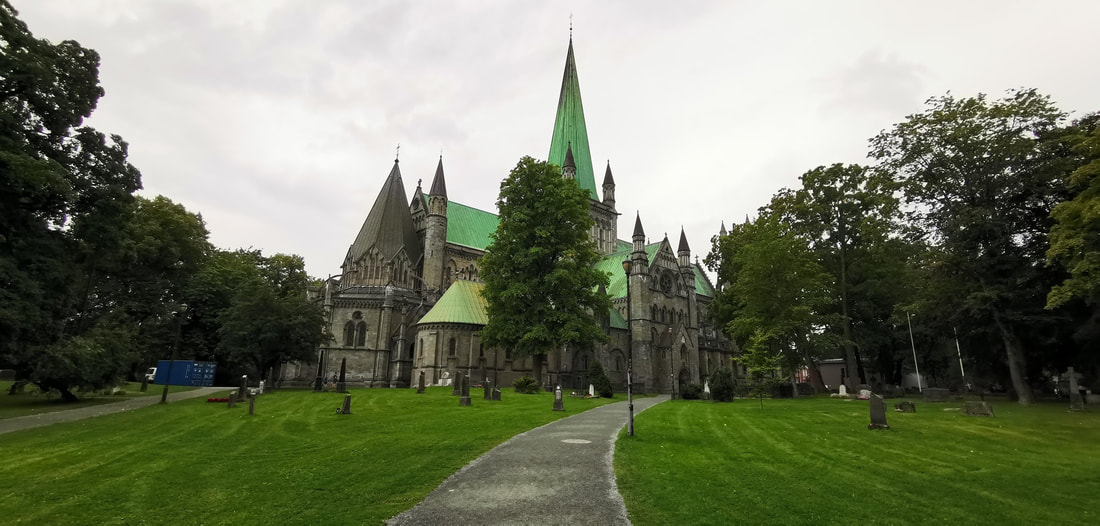
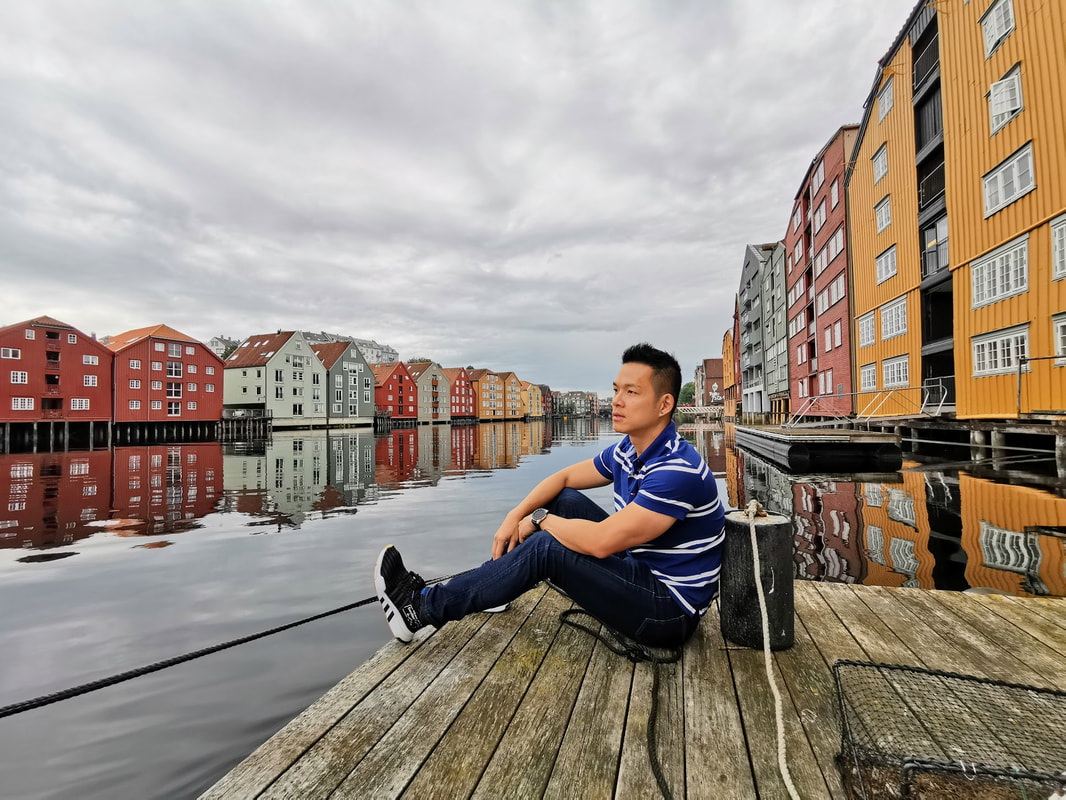
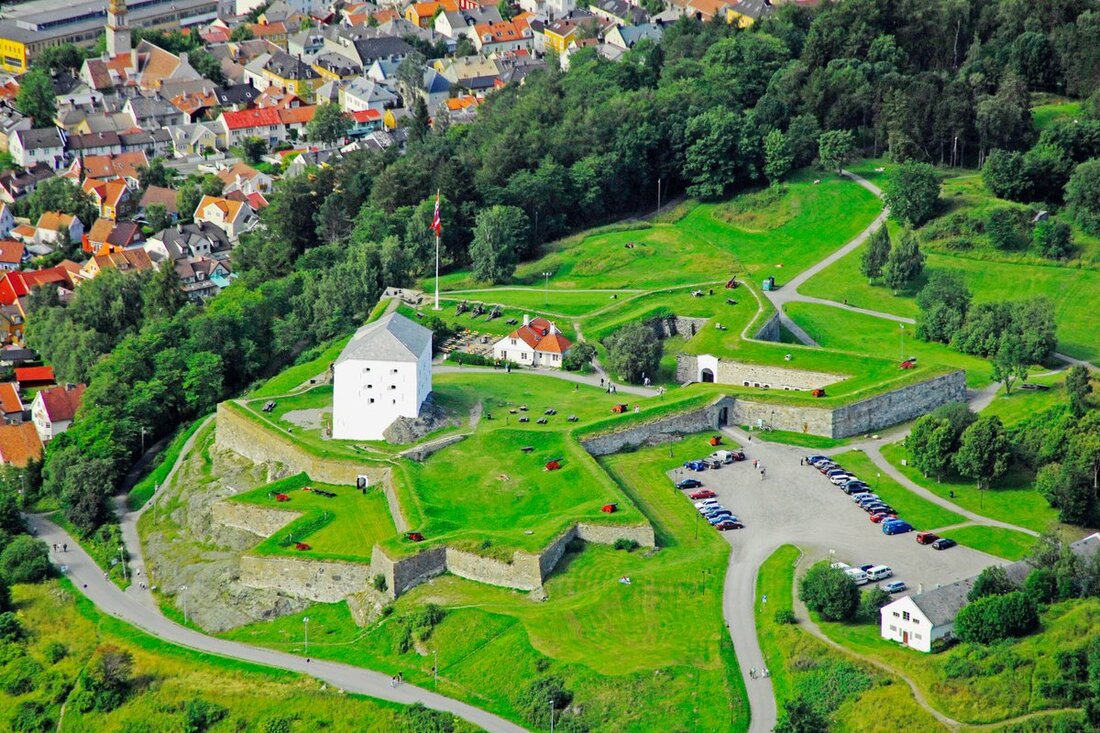
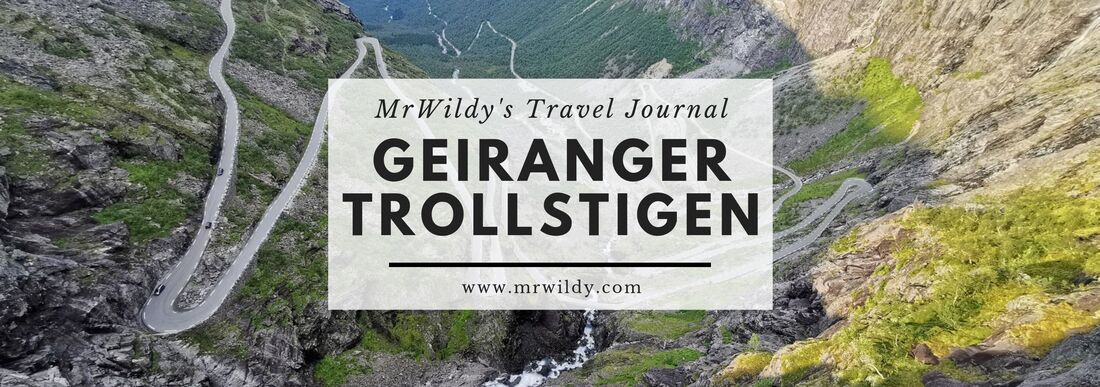
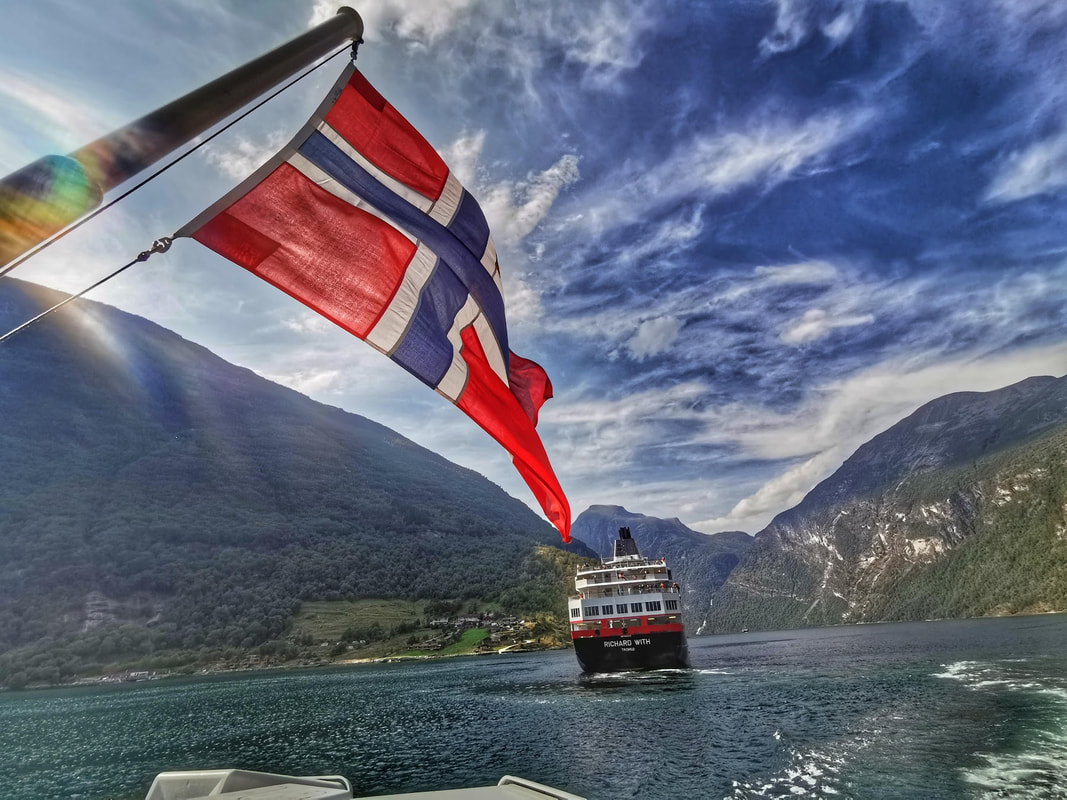

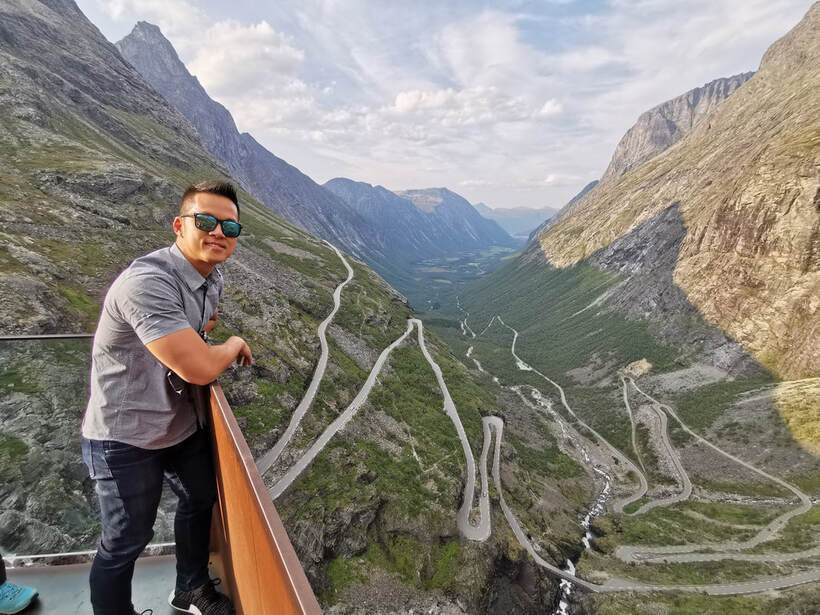
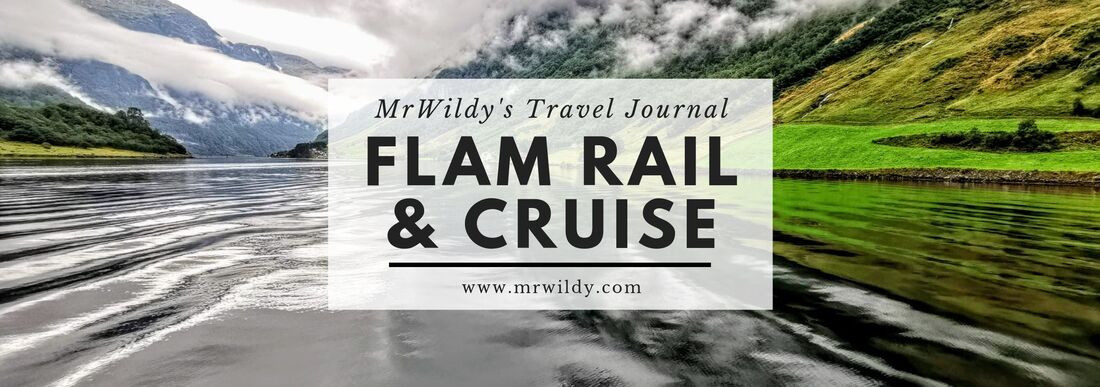
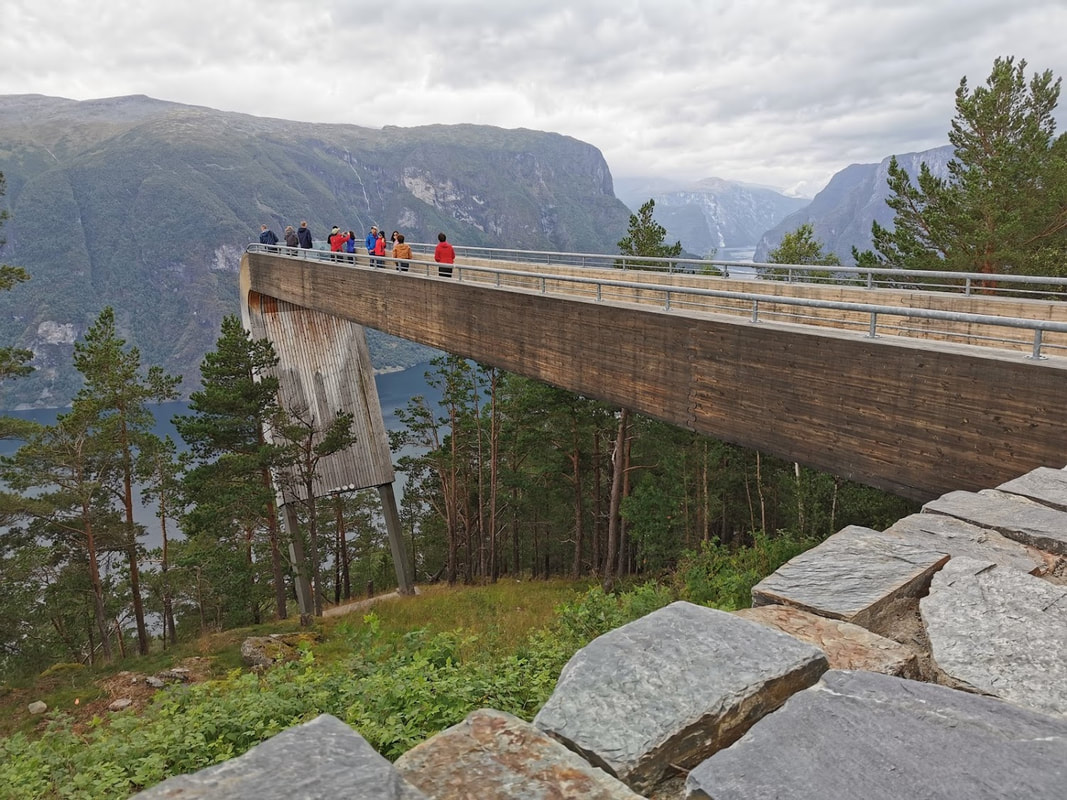
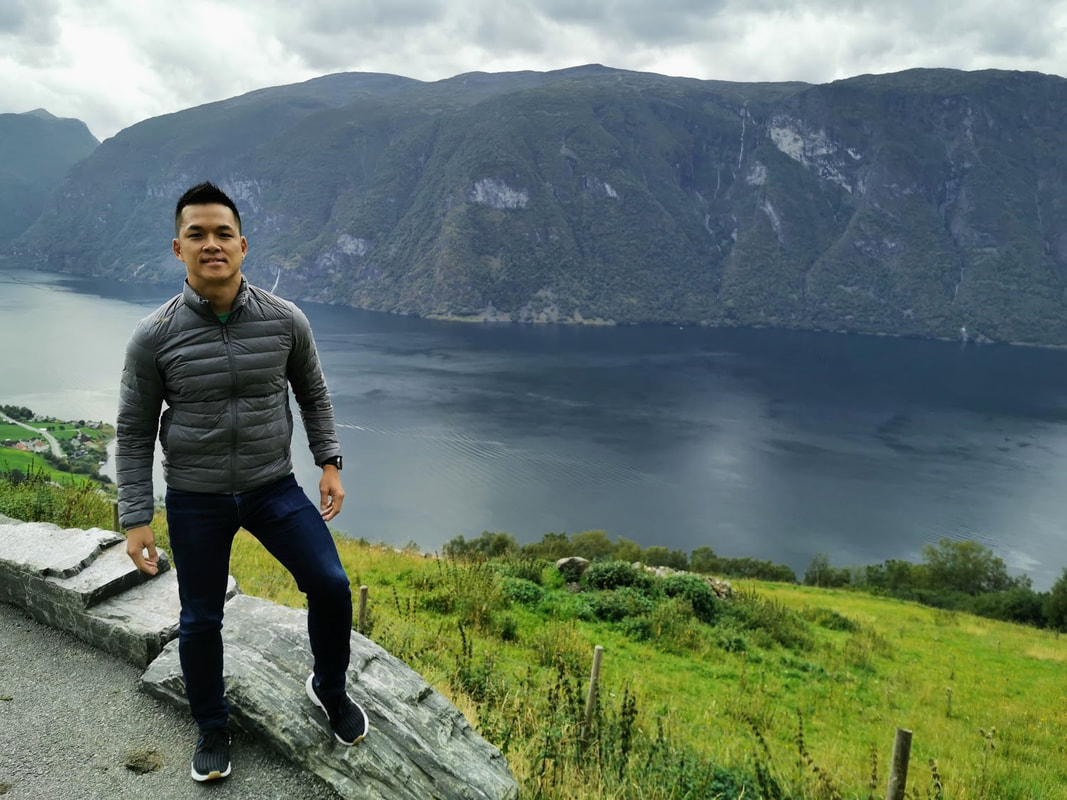

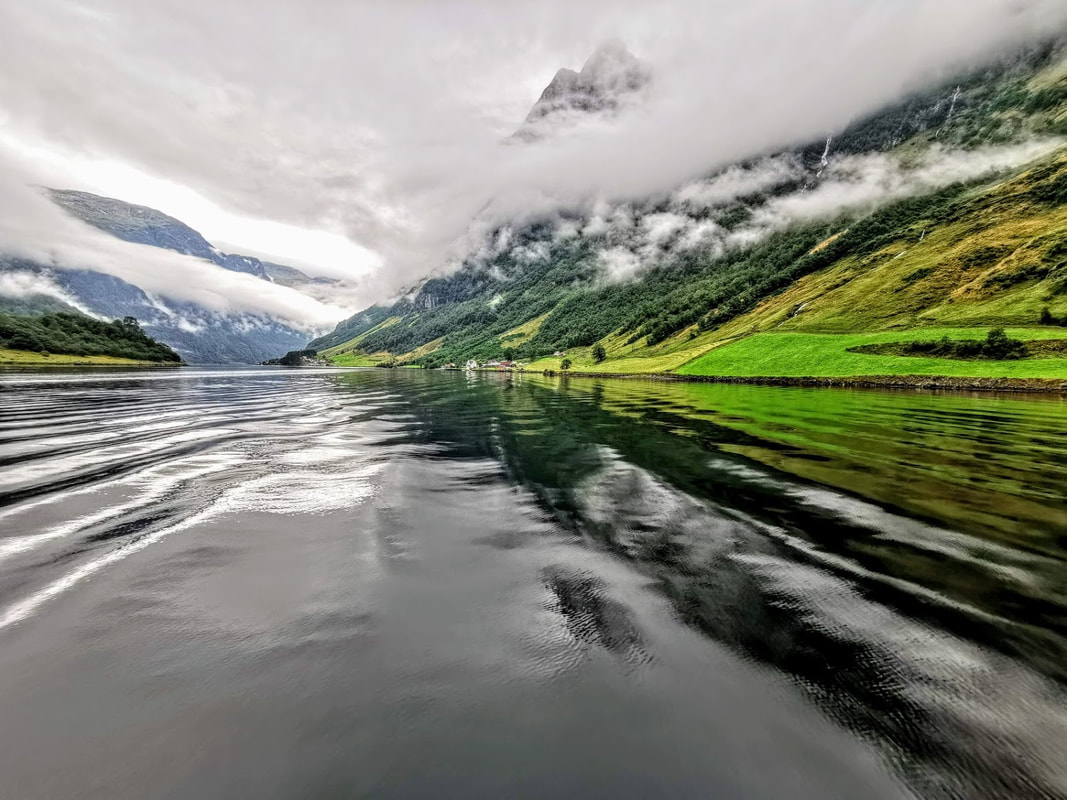

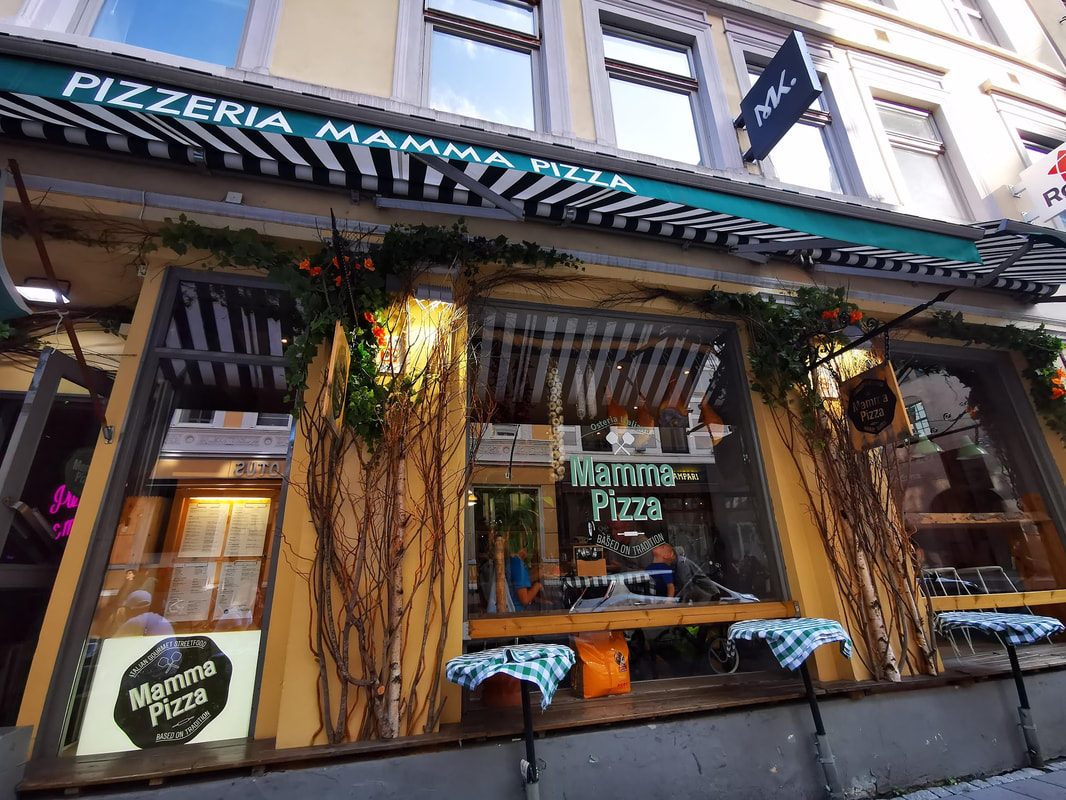
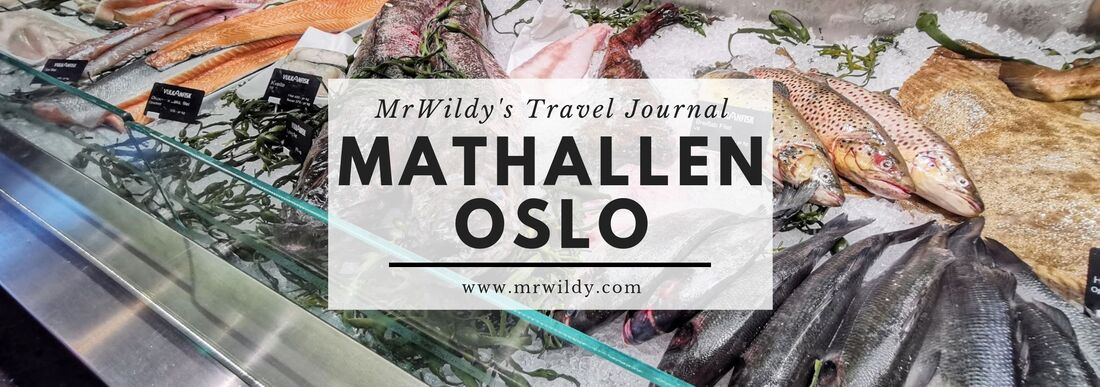
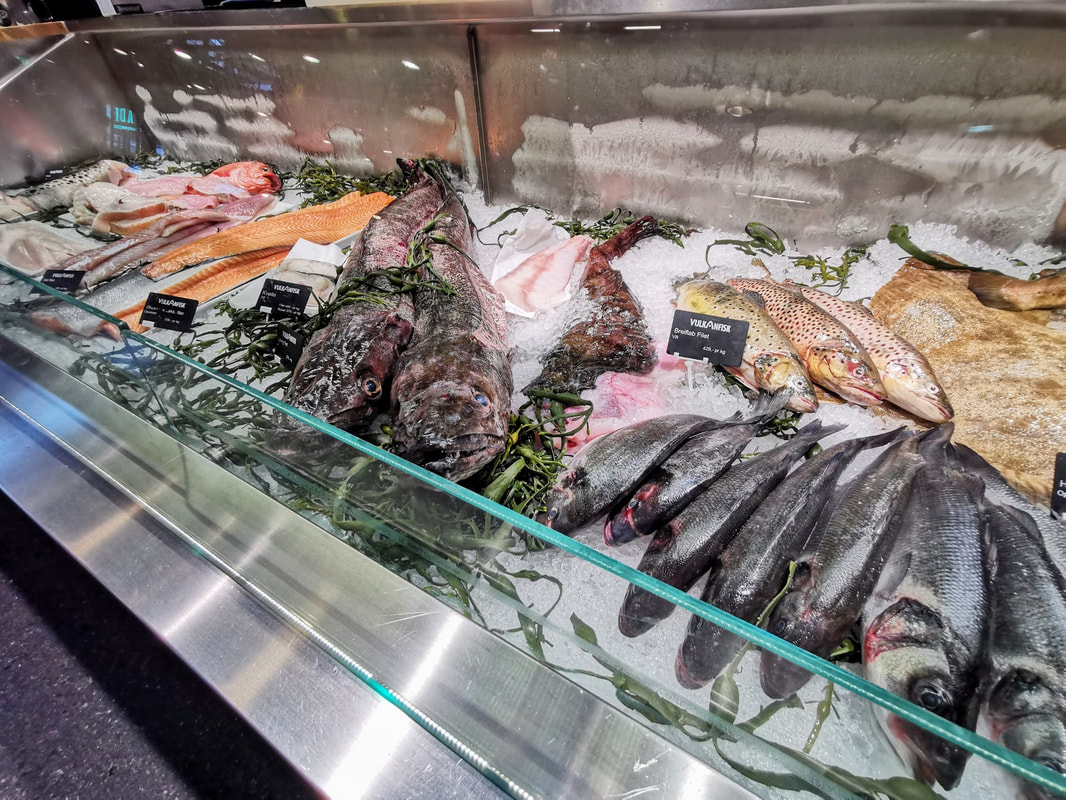
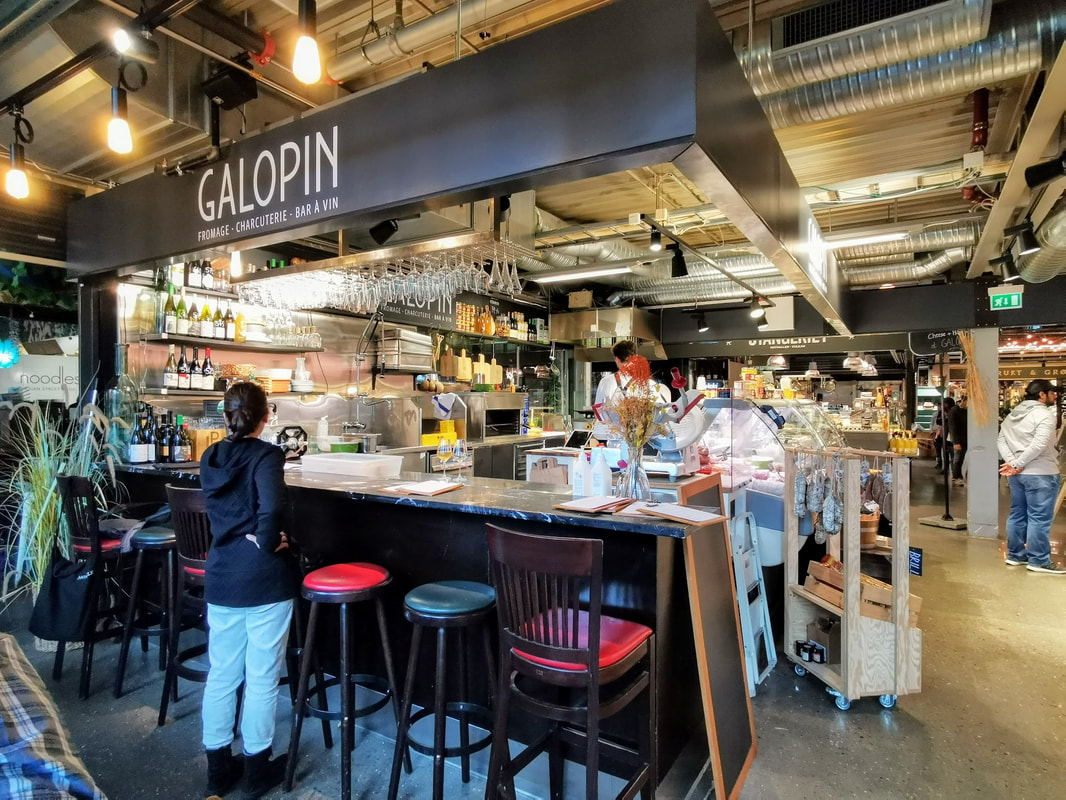
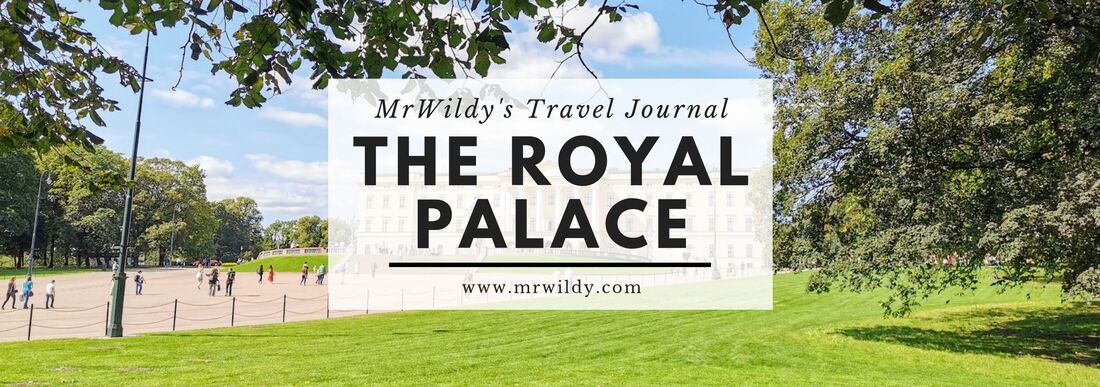
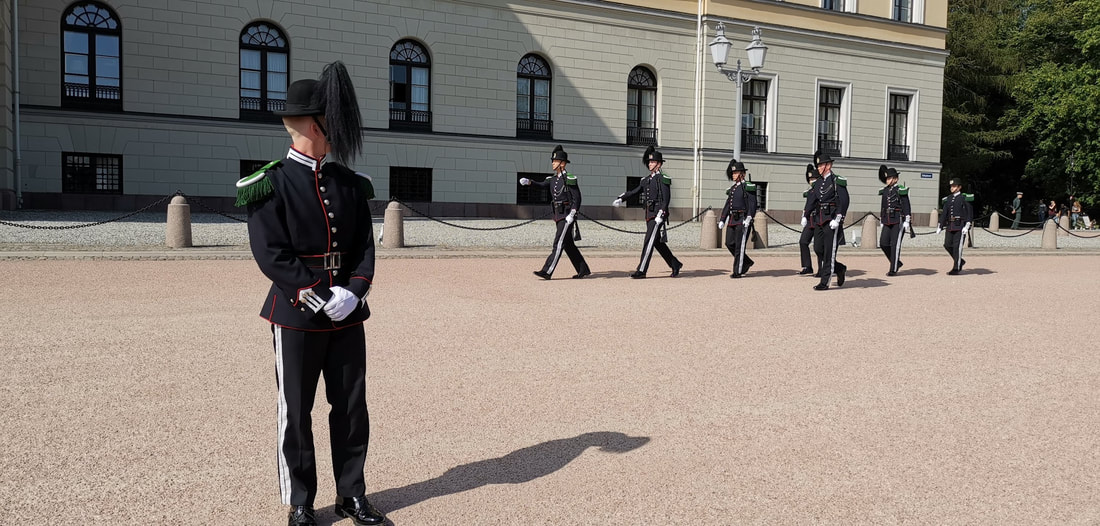
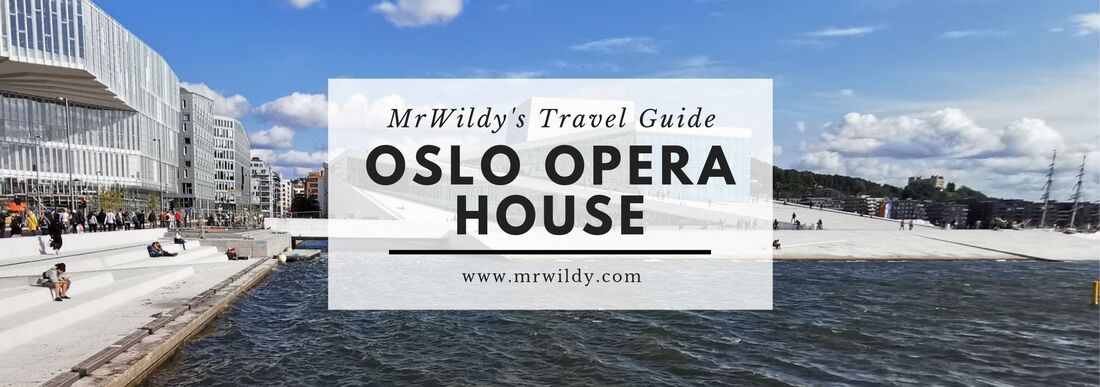
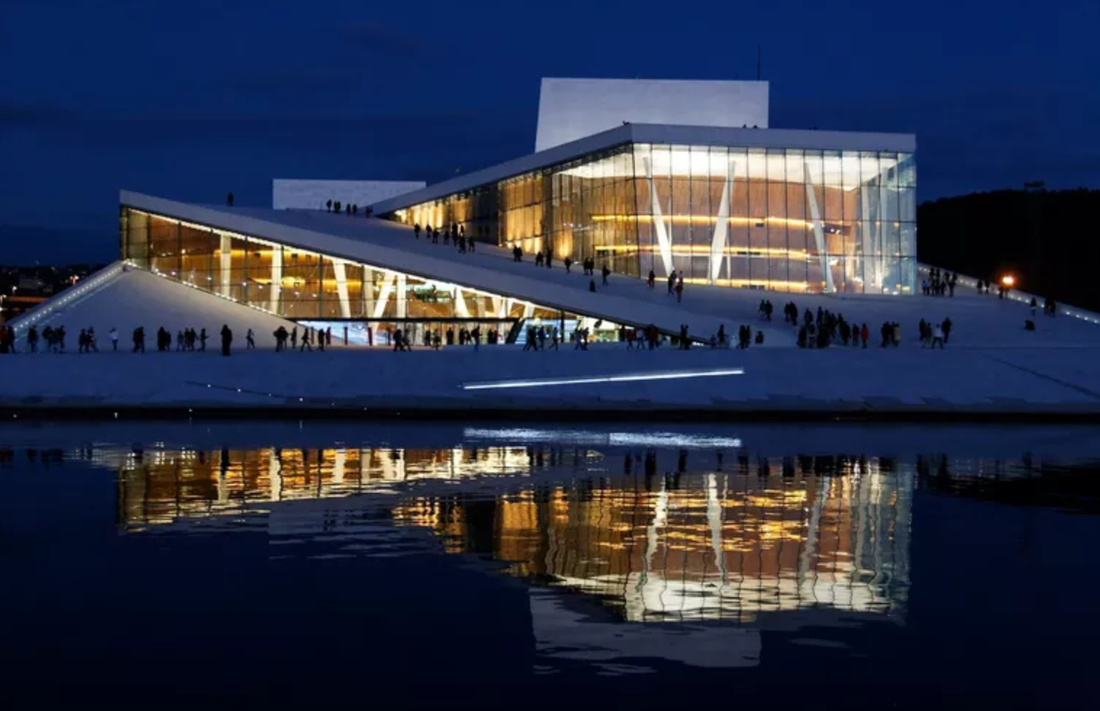
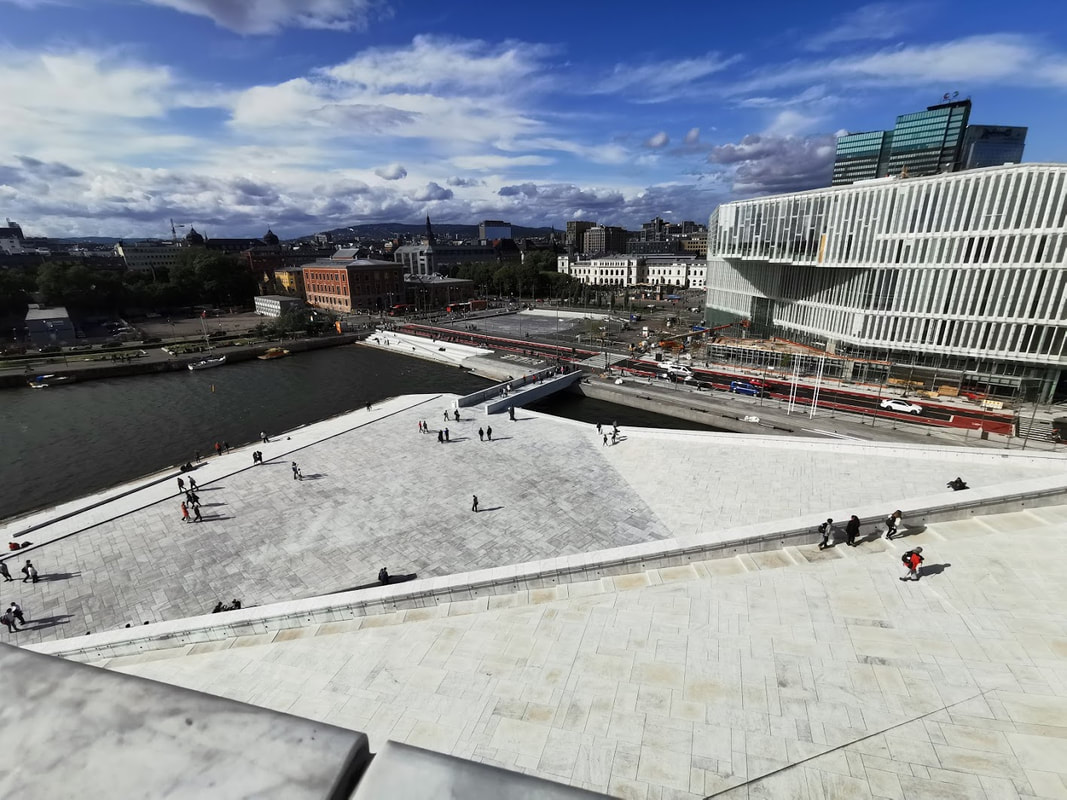
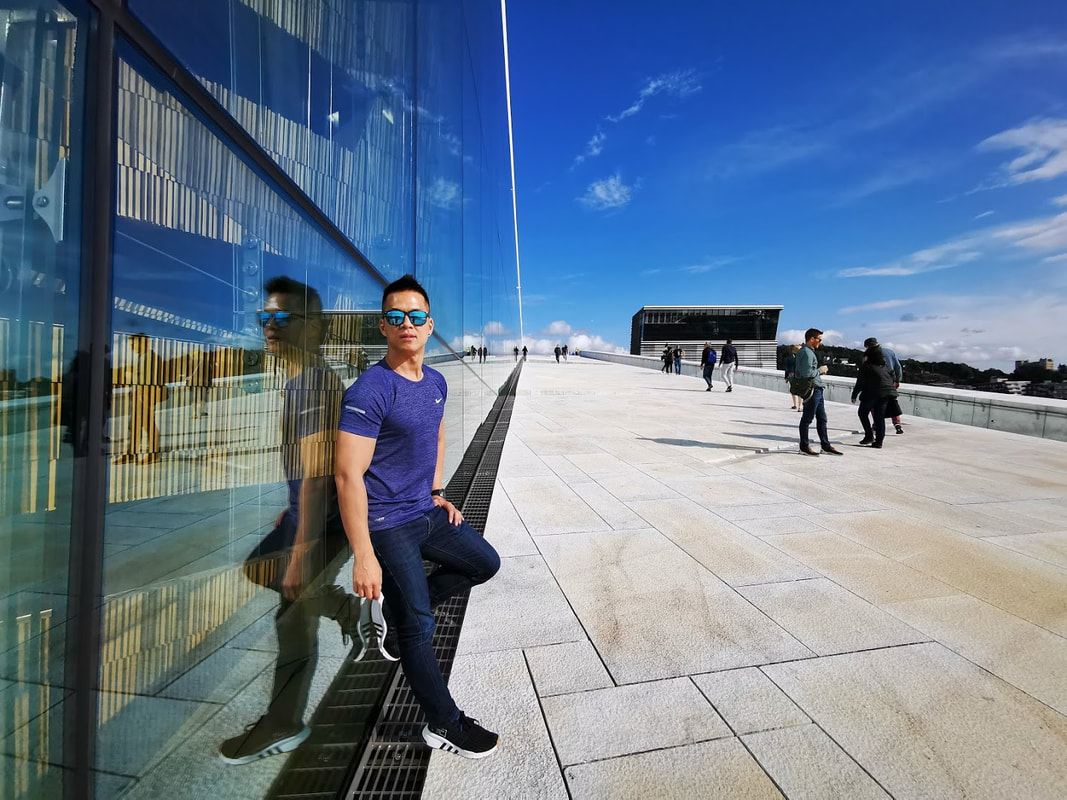
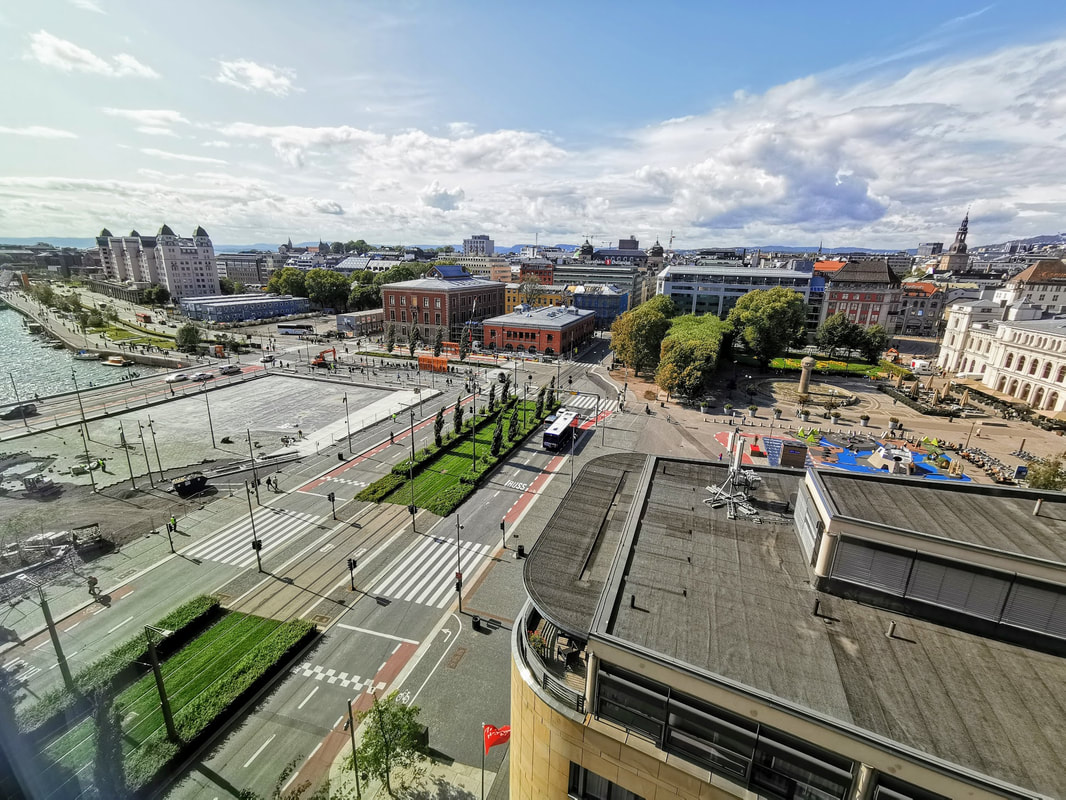
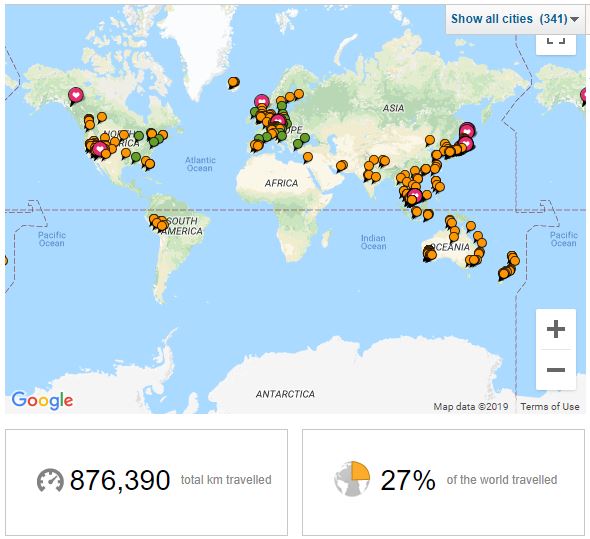

 RSS Feed
RSS Feed